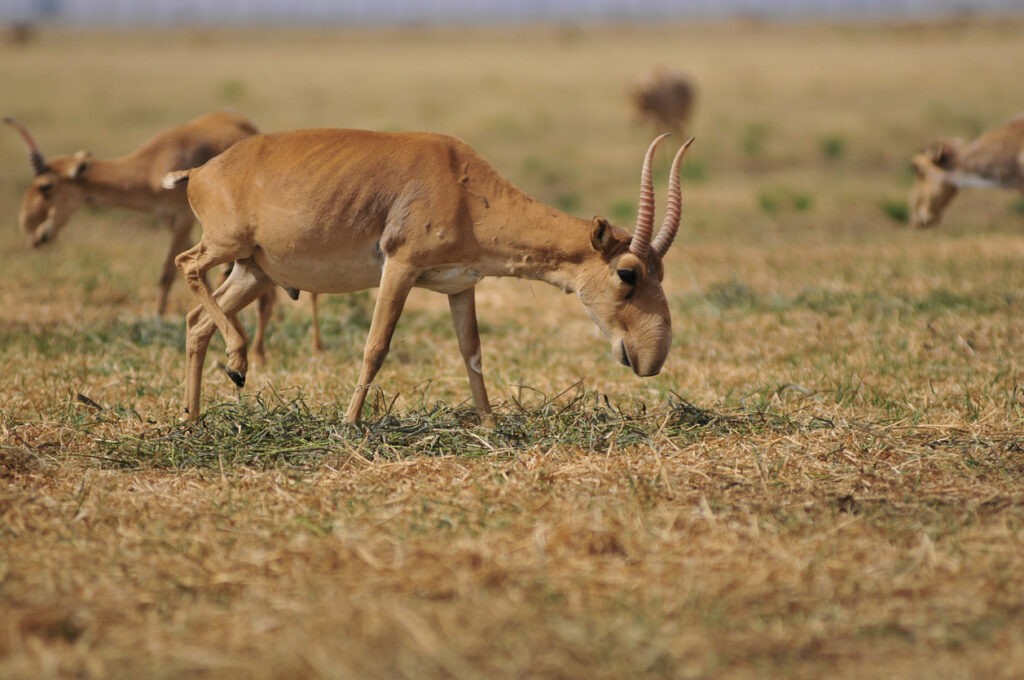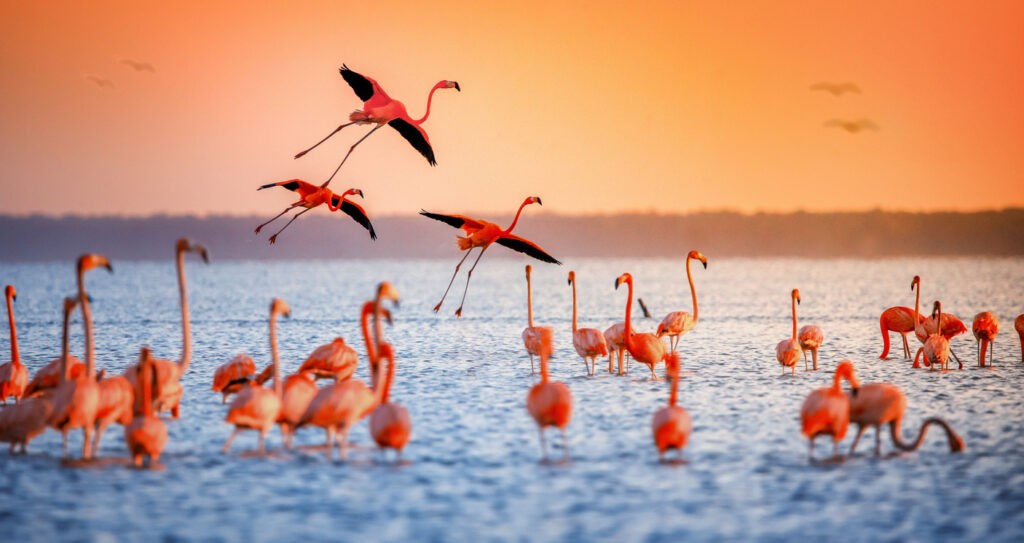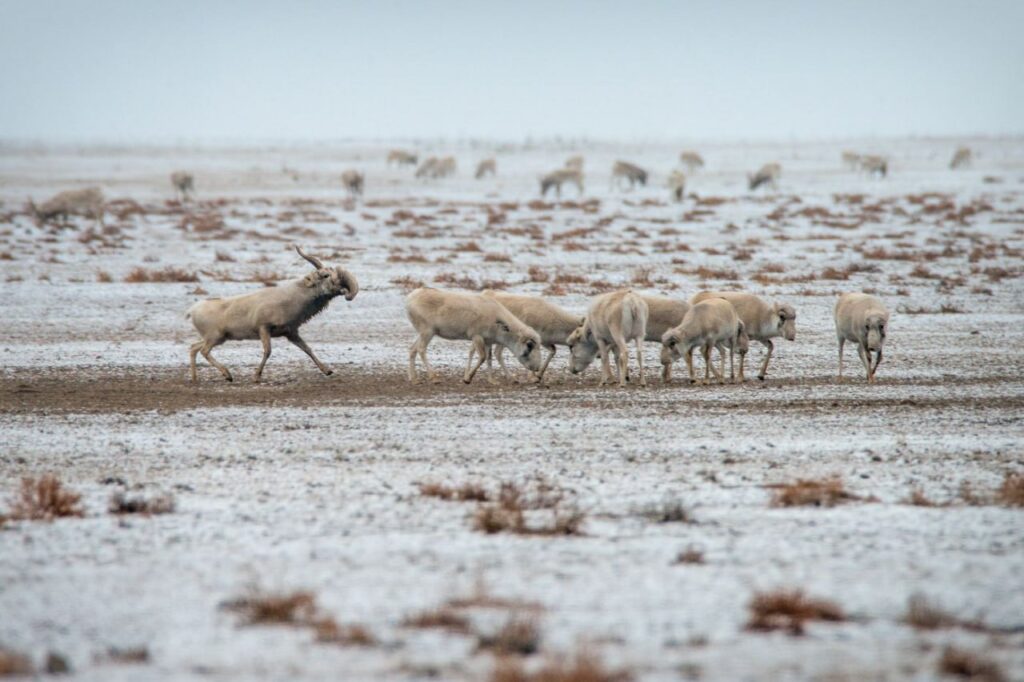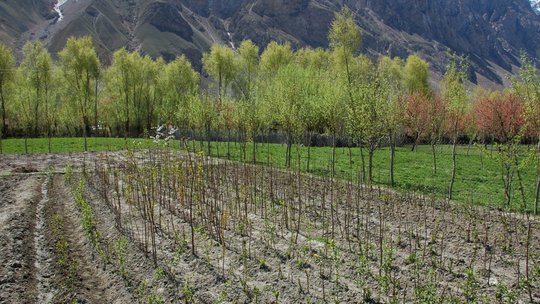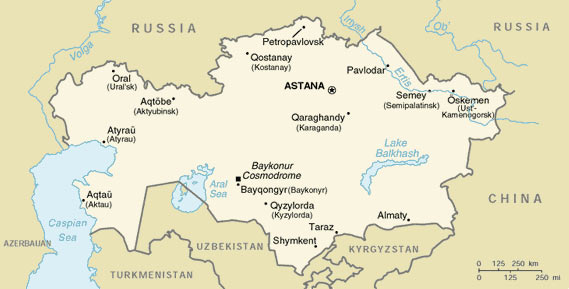Saiga Antelope Revival Pleases Kazakh Naturalists — And Leonardo DiCaprio
Kazakhstan's steppe is now home to booming numbers of saiga antelope, with the country's authorities and environmentalists pulling together to revive the country's iconic species. News that the saiga population is no longer classified as "endangered" has reached the Hollywood actor Leonardo diCaprio, who recently wrote on his Instagram page: "This unprecedented recovery reflects the remarkable conservation of saigas in Kazakhstan. A species that once numbered 48,000 in 2005 has now grown to over 1.9 million individuals in the wild." The animal is, however, still listed as "threatened" in Kazakhstan. The Kazakh Ministry of Ecology estimates that the saiga population will rise above 2.6 million after the calving season this year. However, as their number has grown, the Kazakh authorities have reclassified the saiga as a species that may be hunted. Environmental scientists in the West Kazakhstan region have calculated that around 340,000 adult saigas -- around 18% of the population -- can be culled this year, to which end over 40,000 have already been killed. Saiga meat is sold in stores and bazaars in Kazakhstan, often to be used in stews, and is also found online on the Russian marketplace Ozon. Kazakh society is divided about the treatment of these indigenous antelopes. Some support the cull by pointing out the damage that they cause to crops, which lost the West Kazakhstan region alone over $25 million last year. Others argue that saiga hunting, if not properly regulated, could lead to poaching and the resale of saiga antlers on the black market. This could lead to another drastic decline in a species that has been thriving in recent years.


